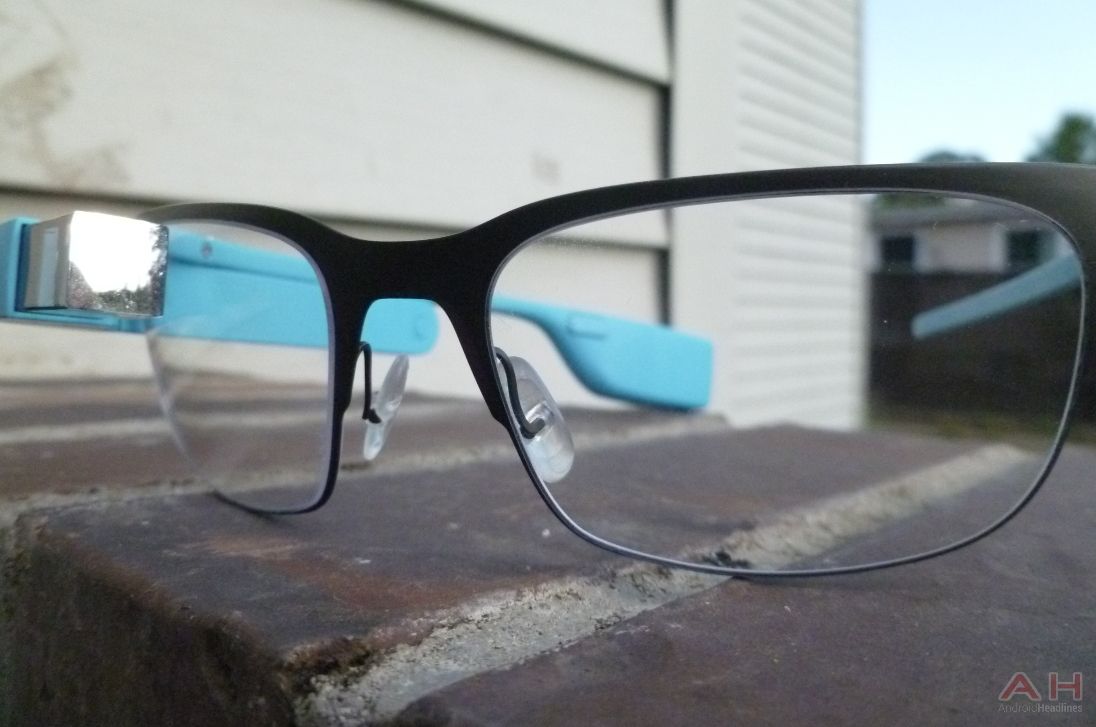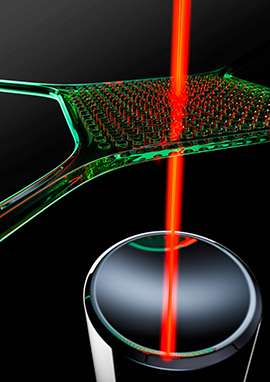Apr 25, 2016
Google building Area 120, an in-house incubator to avoid talent from leaving
Posted by Karen Hurst in category: business
Google innovation lab — where innovators can join; but can never leave.
Google wants to retain its top talent and now has a plan for it! According to a report by TheInformation the company plans on building an in-house startup incubator internally known as Area 120.
This entrepreneurial space will let Google employees develop their ideas, which will be supported and funded by Google. The report further adds that executives Don Harrison and Bradley Horowitz will be managing the incubator. Once the business plan is drafted by employees, teams can work full time on the said project. After some months they get the option to either pitch for more funding and set out as a whole new company, adds the report.
Continue reading “Google building Area 120, an in-house incubator to avoid talent from leaving” »


















